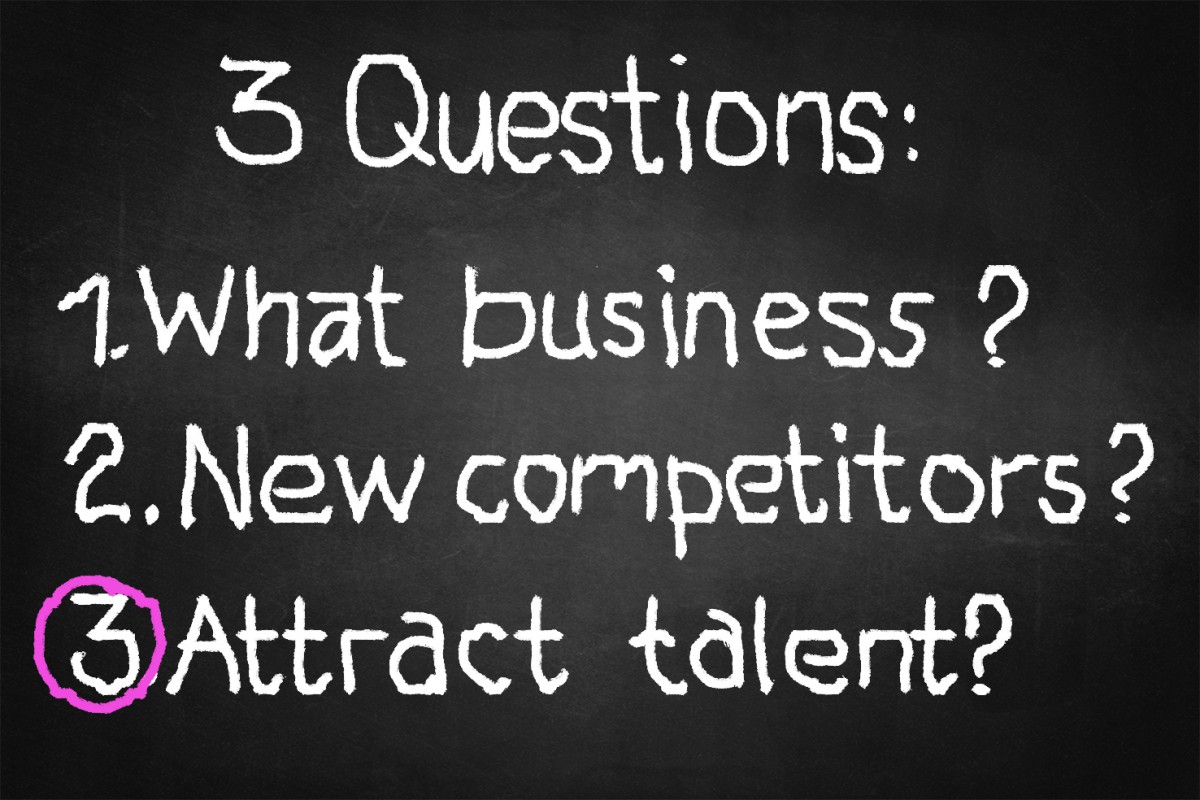CX & UX
CX and UX are two buzz words that are currently very trendy. But unfortunately, I often hear and see confusion between the two concepts. So what do they mean?
CX and UX are two buzz words that are currently very trendy. But unfortunately, I often hear and see confusion between the two concepts. So what do they mean?

Our society, businesses, and professional life are changing rapidly. These are changes mostly driven by new technology (e.g. Internet), changed attitudes, and patterns of life. It leads not only to a host of new opportunities but also to increased demands for personal and professional development.
Traditional boundaries between work and leisure are dissolved. We must find and decide the work-life balance – which we are not trained for. We are used to eight-hour workdays and where our salary is paid based on hours worked. However, more and more management and highly skilled jobs are unregulated regarding working hours, and your salary is based on what you achieved and not on hours worked.
The role of the leader is no longer about telling what others should do. Instead, you must create a guiding and creative environment that enables your employees to exploit the full potential.
In times of rapid change and increasing demands, it may be difficult to prioritize, understand the consequences, make decisions, and set realistic action plans. It is in these circumstances when personal coaching may come in as a tool for personal and professional development.

I visited Stockholm’s Webbdagarna (Webb-days) from the 22nd to 23rd March. It is Sweden’s leading event and meeting place for anyone working with digital media and digital channels. The conference is organized by Internetworld and gathers some 1600 participants. A major part of the sessions were in English. If you are living in the Nordics and want to follow the digital development and discover new business opportunities, I can recommend a visit to the event. The next conference is held in Malmö on the 17th to 18th May and followed by Gothenburg on the 21st to 22nd September. The next Stockholm event will be held March 21st to 22nd, 2017.
It was overall very professionally organized with many great and inspirational speakers. There are, of course, a lot of topics and information covered during the two days. I can, in this blog, just share a few hopefully inspiring takeaways.

I have, in previous posts, raised the importance of defining the industry and to understand what the company offers to its customers, i.e., which right to existence the company has. Once you know your industry, what to offer, and who your customers are, you then need to decide the price of the product.
A while ago I got the question from some young entrepreneurs asking how to price their products. There are, of course, many different more or less complex pricing and business models. However, I decided to share three very basic methods, and I believe these might also be of interest to some of you who read my blog. The basis for the three models are:

Harvard Business Review (HBR) compiles each year a list of what it finds to be the 100 best-performing CEOs. The 2015 survey included 907 CEOs from 896 companies and represented 46 nationalities in 30 countries. The selection of companies was based on S&P Global 1200. This index includes companies that account for 70% of the world’s stock markets capitalisation.
The results of the 2015 survey were exciting and inspiring when a somewhat unexpected CEO took first place.

Image: Adobe stock.
We live in a time of rapid change. The main driving forces are globalisation, digitalisation, increased demands on all businesses to become sustainable and, last but not least, a healthy balance between work and private life. More and more jobs are “certified” to include complex tasks and problem-solving with no given work instructions or obvious solution. Abstraction ability and capacity to collect and analyse a variety of different types of material, facts and impressions are becoming increasingly important.
To own a company, operate on a Board of Directors or have a senior position in a business is a complex and exciting task. To… Read More »Best wished for Christmas and a relaxing holiday

Bottom-up. Image Adobe Stock & Vestadil.
Early in my career, as an engineer at Gambro (a Swedish medtech company), I was taught a simple method for expressing the core of the benefits of an offering to a client. The method requires the use of only a verb and a noun to explain what the customer needs.
For example, if you manufacture pencils, the “verb + noun” description is “make mark,” or if you manufacture jewelry and tie clips, the expression is “hold tie.” It is obvious that the business, market, and competitors will be completely different if you provide a solution to “make a mark” or “hold a tie” versus offering a pencil or a tie clip.


Image: Shutterstock & Vestadil AB.
Today, there are three questions that all boards and management must ask themselves. They are:
I have in two previous blog posts addressed the first two questions. In this post, I share my views on the challenge of attracting and retaining creative talents.
The ability to attract creative and innovative employees today is as important as access to raw materials is to steelworks or paper mills, for example.
The commercial market battles will be determined by companies that can recruit and retain the very best people in all professional functions. Creativity and innovation are paramount to the success of a company. These companies develop superior and smarter products/services than competitors do.
The owners’ extended arm “The Board of Directors” is the company’s ruling body (sometimes abbreviated BoD). The Board of Directors is the company’s highest decision-making… Read More »Board of Directors – BoD